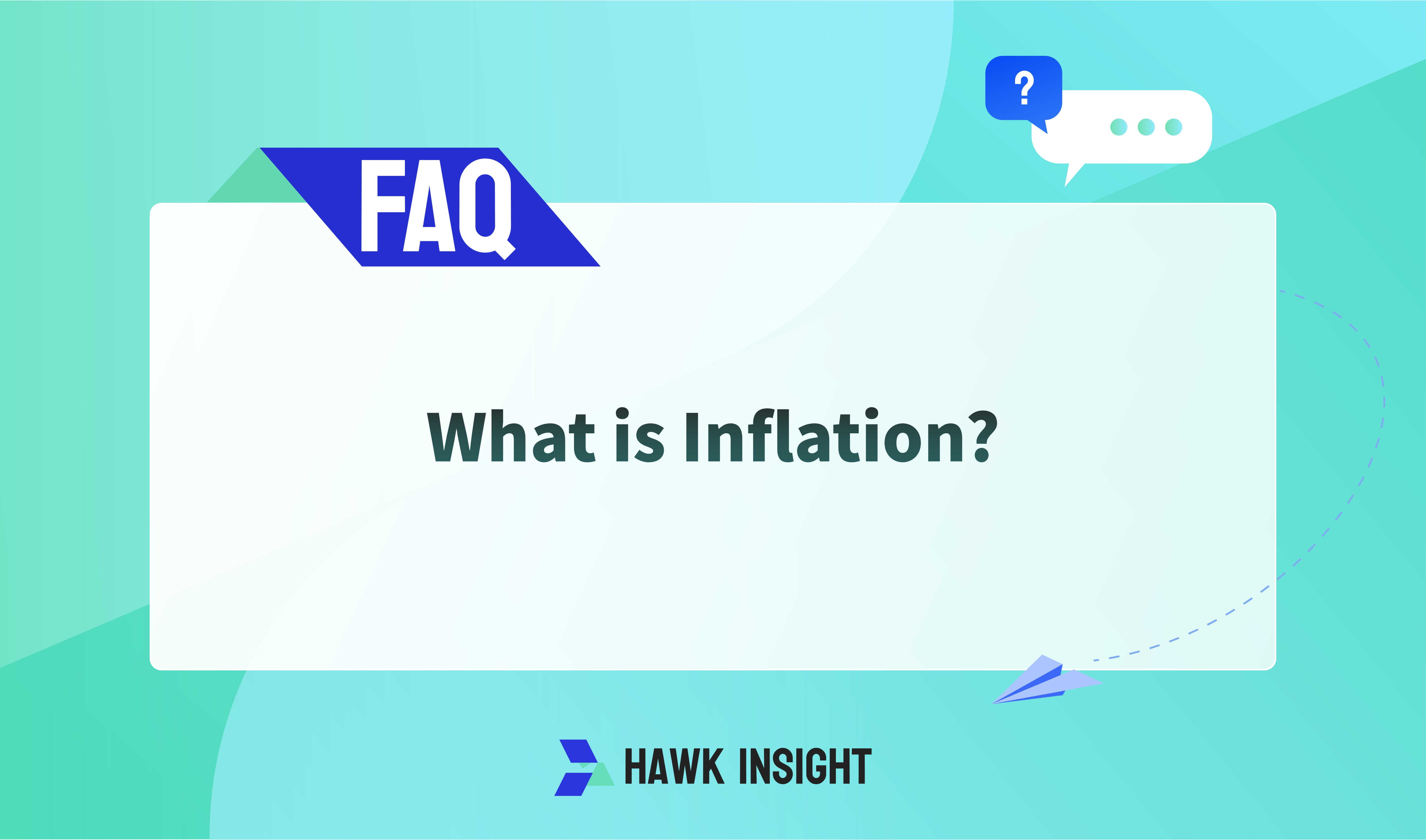What is Inflation?
Inflation is the increase in the price of goods and services over time and the subsequent reduced purchasing power of the currency.

Inflation is the economic phenomenon where the overall price level of goods and services rises over time, leading to a decrease in the purchasing power of money. In simple terms, inflation means that the same amount of money buys fewer goods and services. Economists typically measure inflation through the inflation rate, which is the percentage change in the price level over a specific period.
Impact of Inflation
Inflation has far-reaching effects on the economy and individual finances. Specifically:
- Rising Cost of Living: With rising prices, consumers spend more on housing, food, fuel, and everyday goods.
- Decreased Purchasing Power: Inflation reduces the actual purchasing power of money, meaning that each unit of currency buys fewer goods and services. Consumers find that their money is not worth as much as it used to be.
- Devaluation of Savings: Inflation decreases the real value of savings, negatively affecting savings accounts.
Causes of Inflation
Inflation can be caused by several factors:
-
Demand-Pull Inflation: This occurs when the overall demand for goods and services exceeds supply. Increased demand leads consumers to pay higher prices, pushing suppliers to raise prices.
-
Cost-Push Inflation: This happens when the cost of producing goods increases, such as rising labor or raw material costs. These increased costs are often passed on to consumers in the form of higher prices. For instance, a rise in oil prices can lead to increased transportation and production costs, driving up the prices of goods.
-
Built-In Inflation: Also known as wage-price spiral, this type of inflation occurs when rising prices lead to higher wages, which in turn increase business costs and further drive up prices. For example, if labor markets are tight and wages increase, businesses may raise prices to cover the higher wage costs, creating a cycle of inflation.
Measuring Inflation
Inflation is generally measured using the following indicators:
-
Consumer Price Index (CPI): Compiled by the U.S. Bureau of Labor Statistics (BLS), CPI measures inflation by tracking the price changes of a representative basket of goods and services. This includes major categories like food, housing, clothing, transportation, healthcare, and other goods and services.
-
Producer Price Index (PPI): PPI tracks changes in the prices at the wholesale level, as opposed to the retail level covered by CPI. PPI monitors the prices of goods sold from producers to wholesalers, rather than from wholesalers to consumers.
Recent Inflation Rates
In recent years, inflation rates in the U.S. have varied significantly:
- 2020: Inflation rate was 1.2%, with relatively stable prices due to decreased consumer demand amid the COVID-19 pandemic.
- 2021: Inflation rate rose to 4.7%, driven by economic recovery, supply chain issues, and increased demand.
- 2022: Inflation rate was projected to reach 8.2%, influenced by high energy prices and supply chain disruptions.
Historically, inflation rates in the U.S. have ranged widely, with rates reaching 14% in 1947 and experiencing deflationary periods like an 11% drop in 1921. While recent decades have seen relatively low inflation, extreme cases of hyperinflation and deflation have occurred in the past.
How to Hedge Against Inflation
-
Stock Market Investments: The stock market can often provide a hedge against inflation, as companies can adjust prices to maintain profit margins.
-
Treasury Inflation-Protected Securities (TIPS): TIPS are low-risk bonds that are indexed to inflation, meaning their principal and interest payments increase with inflation, protecting investors' purchasing power.
Pros and Cons of Inflation
Pros:
- Indicator of Economic Growth: Moderate inflation can signify a healthy economy, especially during recovery periods.
- Debt Relief: As the value of money decreases, the real value of debt also declines, making it easier to repay.
Cons:
- Increased Cost of Living: Inflation leads to higher prices for goods and services, increasing living expenses.
- Devaluation of Savings: Inflation reduces the real value of savings, meaning that the money saved is worth less in the future, which can impact retirement savings and long-term financial plans.
·Original
Disclaimer: The views in this article are from the original Creator and do not represent the views or position of Hawk Insight. The content of the article is for reference, communication and learning only, and does not constitute investment advice. If it involves copyright issues, please contact us for deletion.